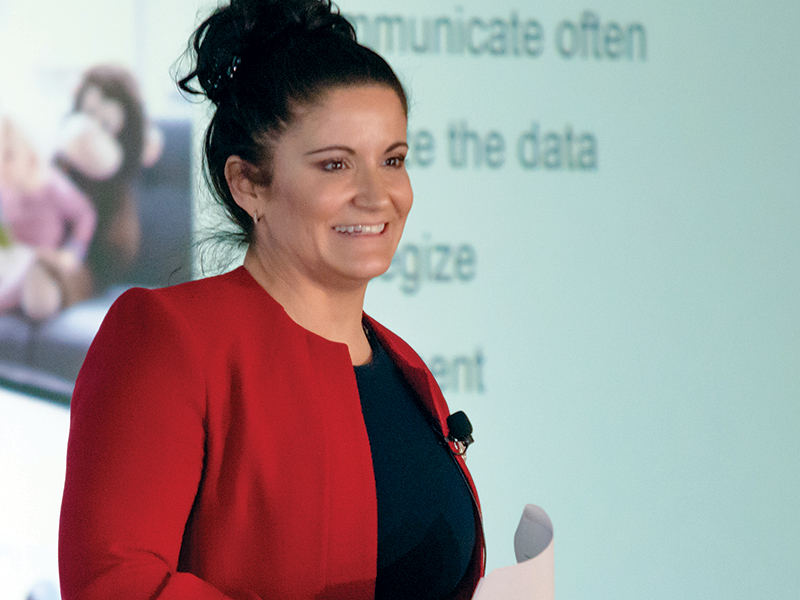

People across Canada are stressed out about money. In fact, 41 per cent of Canadians say money is their No. 1 source of stress, according to Karrina Dusablon, vice-president of market development and strategic solutions at Canada Life, during a session at Benefits Canada‘s 2020 DC Plan Summit in Montreal in February.
Overall well-being is also connected to financial stress, she added, noting Canadians who are financially stressed are two times more likely to report they have poor health and four more times more likely to report they’re having sleep issues, headaches and other illnesses.
Financial stress is also affecting the workforce, she said, with 77 per cent of Canadians considering changing employers for about the same amount of money or even a little less to work for an organization that takes care of their personal well-being.
Read: Financial well-being affecting work performance, stress levels
Defined contribution plan sponsors are in a position to make improvements in their employees’ well-being by promoting different styles of communications, such as using innovative applications to motivate saving or involving families in the conversation about saving.
One of the most obvious ways for employers to help is through the employer contribution portion of capital accumulation plans, said Dusablon. “It’s easy. Free money.”
Despite this fact, some plan members are still leaving money on the table because they’re worried about today. “So how do we create ‘aha’ moments for plan members to truly realize this is important?” she asked.
Employers can promote saving via a student debt savings programs, she said, noting the option can help meet both short- and long-term financial needs.
For plan members who aren’t sure where to start, Dusablon suggested employers ask them what they’re interested in. “What are their current realities? What are their current challenges? Don’t ask them about the future if they can’t even finish the end of the day today without those stresses.”
It’s also important to create opportunities that are appropriate to plan members, she said. While it’s really tempting to live in the now and embrace today, it’s also important to plan for the future. “In life, we say it’s all about a balance. And that’s what we need to do with our plan members. We need to strategize and implement strategies that relate to them directly.”
Read: Modern view of retirement readiness includes non-retirement goals
In addition, since financial wellness is so much bigger than saving for retirement, savings and benefits plans can no longer be separate, said Dusablon.
“The overall well-being and the development of holistic wellness programs are what’s going to help us [captivate] our plan members and truly help them. So we want to reduce anxiety. We want to improve financial literacy and we want to increase the workforce satisfaction. We need to show that we care by really providing solutions that relate to our members.”
Read more stories from the 2020 DC Plan Summit.
